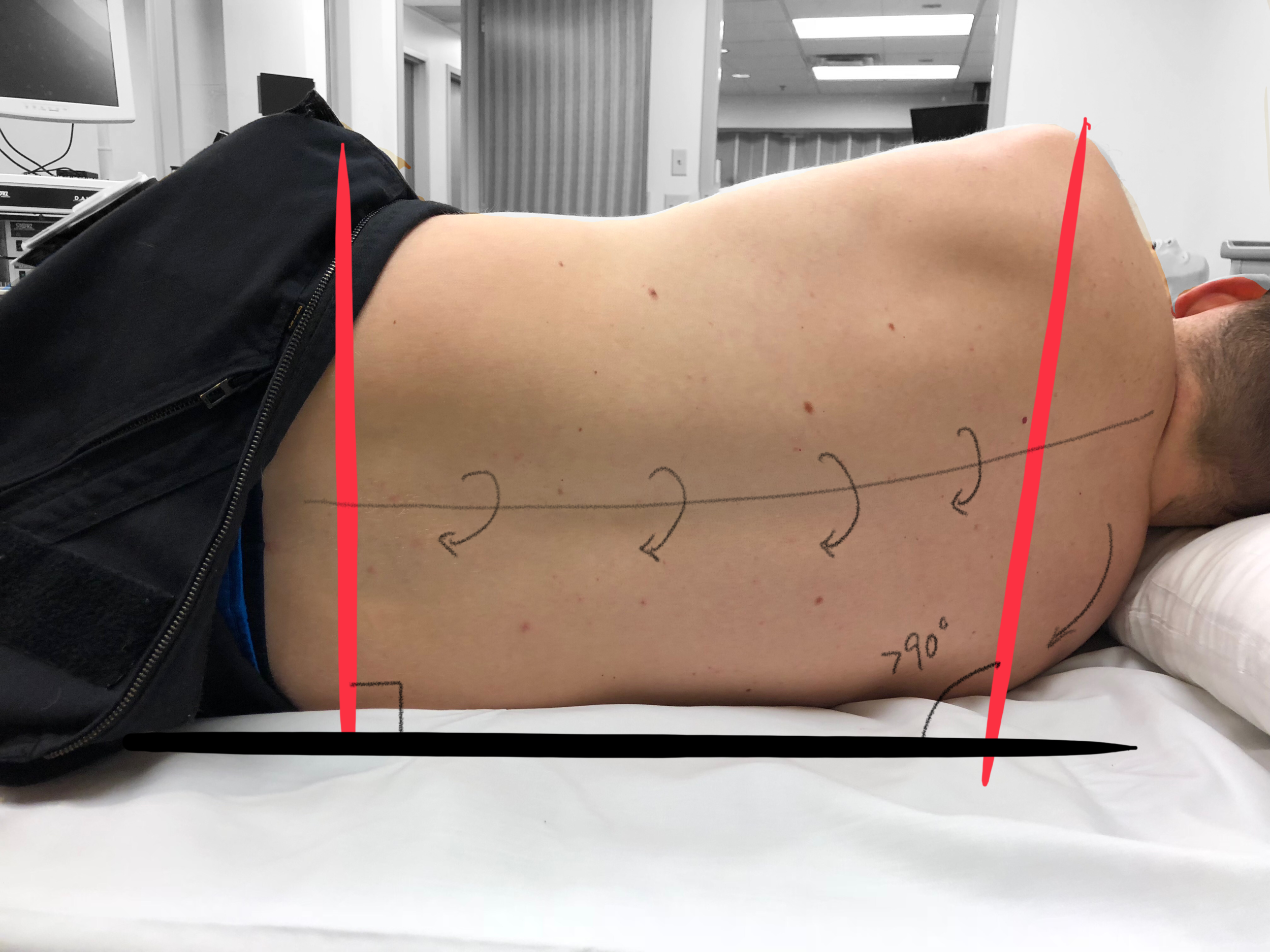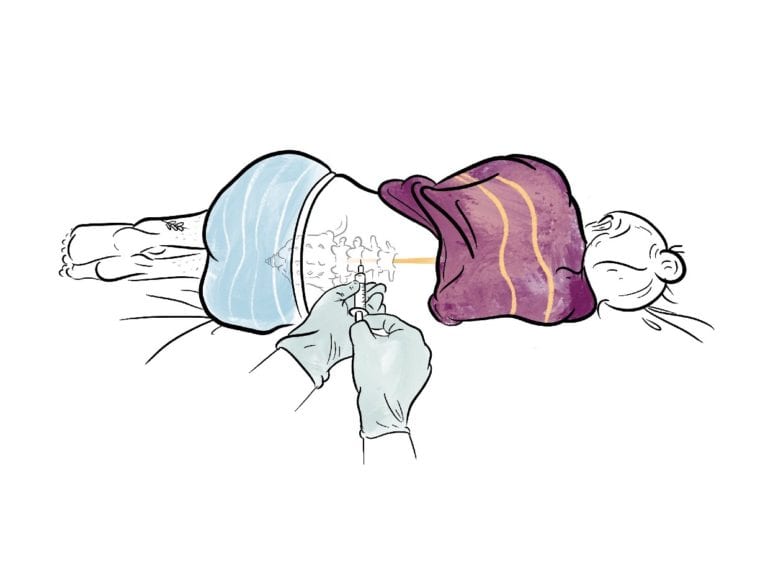

What are the possible side effects of intrathecal chemotherapy? Your doctor will review your overall health for this procedure.Īsk your doctor for information about the Ommaya reservoir and its benefits and risks in your situation. This is a surgical procedure and has some potential risks, including:Ī neurosurgeon will implant the reservoir while you’re under general anesthesia. This reservoir also allows the doctor to take samples of your CSF fluid to see how your treatment is going, without the need for a lumbar puncture. This makes it a good option for people who need multiple treatments. When chemotherapy medication is injected into the reservoir, it flows into the CSF without the need for spinal taps each time. It has a catheter (tube) attached that allows medication to reach an open space in your brain where CSF flows. Ommaya reservoirĪn Ommaya reservoir is a small plastic dome-shaped device that’s surgically implanted under your scalp.

You’ll need to stay still for 30 to 60 minutes for the drug to move through the CSF. The process usually takes around 30 minutes to give the medication. You may feel some pressure but shouldn’t feel pain at the injection site. The area will be numbed with an anesthetic to prepare for the injection.

You’ll be asked to lie on your side or sit with your head and chest resting on a surface to expose your spine. With this approach, the medication is injected into your CSF, between two vertebrae in your lower spine.īefore you have a lumbar puncture procedure, you will have lab tests done to make sure you have enough platelets for your blood to clot properly after the procedure. This method allows safe, repeated access to your CSF so the medication can go where it’s needed. If your doctor thinks you may need multiple intrathecal chemotherapy treatments, they might recommend placing an Ommaya reservoir. It’s the same procedure your doctor probably did to test your CSF for cancer cells. A lumbar puncture ( spinal tap) is a way to access your spine and deliver the medication to your CSF. Intrathecal chemotherapy can be given in two ways: Corticosteroid medications may be added to prevent inflammation and irritation of the arachnoid membrane ( arachnoiditis). Medications such as cytarabine and methotrexate are often used alone or together in intrathecal chemotherapy. The dose of the intrathecal chemotherapy treatment depends on if it’s used to prevent or treat cancer, along with many other factors like your overall health, age, and weight. Once your doctor makes a diagnosis, they’ll go over your treatment plan, including medication options and how the medication will be given. Visit the Pathology Tests Explained website for more information about lumbar punctures.What can I expect during intrathecal chemotherapy? Resources and support About lumbar puncture If you have worsening headache, fever or weakness in the legs, you should see a doctor urgently. An infection is possible, but is very rare. There can be bleeding, especially if you are taking blood thinning medicine. Some people experience headache, backache or pain in the legs. You shouldn’t need to stay in hospital overnight, but someone should drive you home. You might be asked to lie down for an hour or more after the procedure, to prevent a headache. Once the procedure is finished, the needle will be taken out and a dressing will be put on the injection site. A small amount of fluid will be withdrawn.

#SIDE EFFECTS AFTER LUMBAR PUNCTURE SKIN#
Once the area is numb, another needle will be put into your back, through the skin and between the bones of your spine to reach the fluid around your spinal cord. Your back will be cleaned thoroughly and a small amount of local anaesthetic injected into the lower back. You will be asked to keep very still, either lying on your side with your knees close to your chin, or seated. You should ask your doctor if there is anything you need to do to prepare. Usually, no preparation is needed for a lumbar puncture, but everybody’s situation is different. Lumbar puncture is also sometimes used to treat certain problems, either by injecting something into this fluid, or by removing some of the fluid. It can then be sent for laboratory testing. Why is a lumbar puncture performed?Ī lumbar puncture is performed to sample the fluid that sits around the brain and spinal cord, called cerebrospinal fluid or CSF. Lumbar puncture is sometimes called a ‘spinal tap’. This can help to diagnose and sometimes treat problems of the brain and spinal cord. Related information on Australian websitesĪ lumbar puncture involves putting a needle into the lower back to reach the fluid that sits around the spinal cord.


 0 kommentar(er)
0 kommentar(er)
